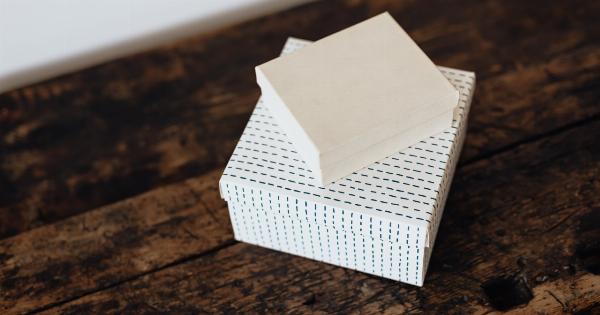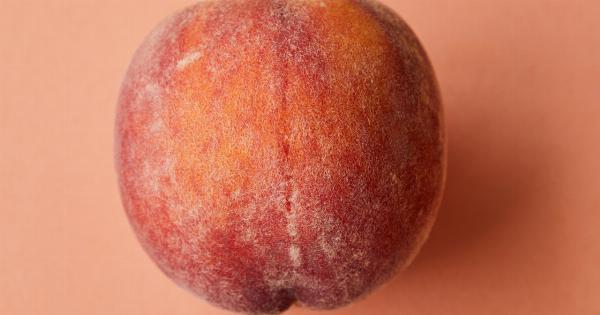Easter eggs are one of the most popular symbols of Easter. They are typically made of chocolate, candy, or hardboiled eggs that are dyed and painted.
Easter eggs are usually prepared before Easter, and children usually hunt for them on Easter Day, but do you know when it’s safe to eat them?.
Shelf Life of Easter Eggs
The shelf life of Easter eggs depends on how they are made and how they were stored. If the Easter eggs are made of chocolate or candy, they can last for about 6-12 months if stored properly.
However, if the chocolate Easter egg has been opened or exposed to moisture, it can go bad faster, in about 2-4 weeks.
If the Easter egg is made of hardboiled eggs and has been decorated with non-toxic coloring or paints, it can last for up to one week but that is without the shell.
If the egg has the shell on it, it can last longer, up to 2 weeks when stored in the fridge. But if it has been filled with various fillings such as cheese, cream, or other ingredients, it can go bad quicker, usually after a few days.
How to Store Easter Eggs Properly
To ensure the maximum shelf life of your Easter eggs, you must properly store them. For chocolate or candy eggs, they should be stored in a cool, dry place with a temperature range of 60-75°F.
Avoid exposing them to sunlight or moisture as it can cause them to melt or deteriorate. It’s also important to keep them away from other foods with strong smells as they can easily absorb them which affects their taste.
For hardboiled eggs, it is recommended to store them in the fridge with the shells on, to keep them fresh for longer. Cover them with a damp cloth or paper towel to keep them moist and to reduce air exposure.
This will prevent the eggs from drying out and prolong their shelf life.
Signs Easter Eggs Have Gone Bad
If you’re wondering if an Easter egg has gone bad, there are a few signs to look out for. For chocolate and candy eggs, if they appear discolored, have a grayish or white haze, or smell stale, they have gone bad and should be discarded.
If mold appears on hardboiled eggs or the egg white and yolk are discolored, also discard them. Bad eggs can cause food poisoning which is dangerous for children.
Conclusion
Easter eggs are a symbol of Easter that brings lots of fun and excitement for both adults and children. Its shelf life depends on how it’s made and stored.
By following proper storage and handling tips, you can prolong their shelf life and ensure they are still safe to eat when Easter is over. It is also important to know when to discard them to prevent food poisoning.


























